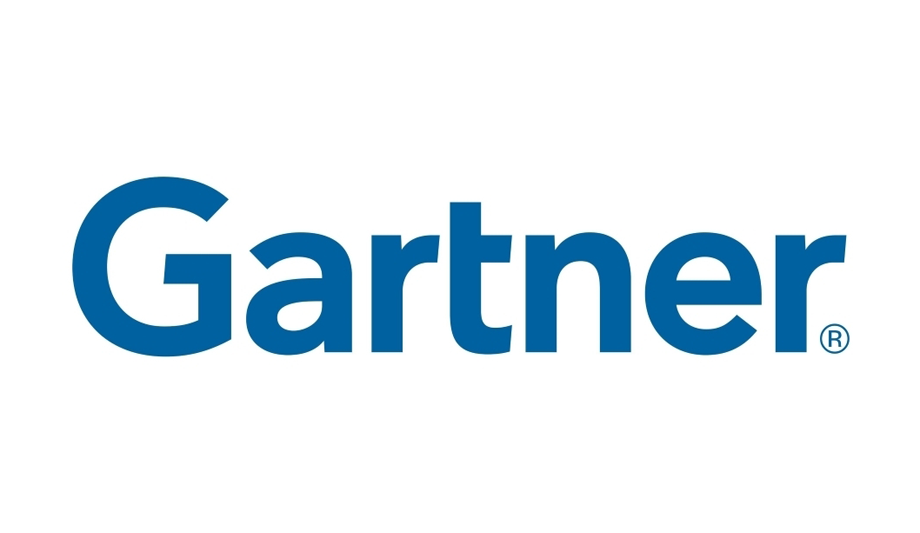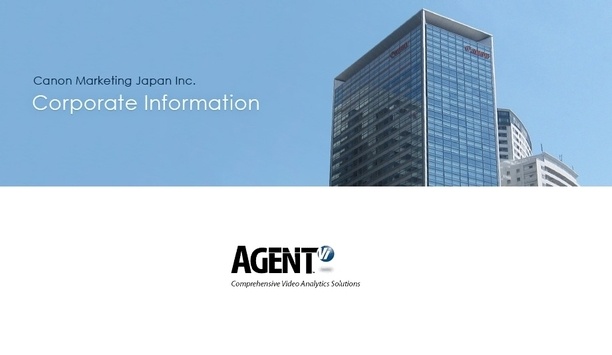Cloud solutions, cybersecurity and analytics are the top technologies targeted for new and additional spending by public sector CIOs in 2018, while data centre infrastructure is the most commonly targeted for cost savings, according to a survey from Gartner, Inc.
Sixteen per cent of government CIOs said they plan to increase spending on business intelligence (BI) and analytics (16 per cent) and data management (6 per cent) in 2018 (see Table 2).
2018 CIO Agenda Survey
Gartner's 2018 CIO Agenda Survey gathered data from 3,160 CIO respondents in 98 countries and across major industries, including 461 government CIOs. Government respondents are segmented into national or federal; state or province (regional); local; and defence and intelligence, to identify trends specific to each tier. Digital Transformation is the top-ranked business priority among government CIOs overall, followed by security and governance.
"Digital transformation revolves around data. To be successful, public sector CIOs need to focus on expanding their data and analytics capabilities and creating a data-centric culture, by increasing the availability of open data and APIs for internal use and public consumption," said Rick Howard, research vice president at Gartner. "Building out data analytics infrastructure is fundamental to improving government programme outcomes and services to citizens."To be successful, public sector CIOs need to focus on expanding their data and analytics capabilities and creating a data-centric culture"
Top business priorities
The survey found that digital business/digital transformation is more important for government (first priority for 18 per cent of respondents) than for all industries (17 per cent), with the exception of defence and intelligence agencies (6 per cent). Private sector companies ranked it second, after growth/market share. The next three business priorities for government are security, safety and risk (13 per cent); governance, compliance and regulations (12 per cent); and technology initiatives/improvements (11 per cent).
"Government CIOs have conflicting priorities — to bring transformative change to their organisations, while pursuing compliance-oriented priorities," said Mr Howard. "They will need to work constructively with other business leaders to agree how to balance risk and innovation to support digital transformation."
Top technologies to achieve organisation's mission
In response to the question: Which technology investment is most crucial to achieving your organisation’s mission?, Cloud and BI/analytics were mentioned by 19 per cent and 18 per cent of government CIOs respectively, followed by infrastructure/data centre at 11 per cent (see Table 1). National and federal CIOs are the exception, placing customer relationship management as a distant third.
Table 1. Top Tech to Win
| Rank | Government Priorities | % Respondents |
| 1 | Cloud services/solutions | 19% |
| 2 | BI/analytics | 18% |
| 3 | Infrastructure/data centre | 11% |
| 4 | Digitalisation/digital marketing | 6% |
| 5 | Customer relationship management | 5% |
| 6 | Security and risk | 5% |
| 7 | Networking, voice and data communications | 4% |
| 8 | Legacy modernisation | 4% |
| 9 | Enterprise resource planning | 4% |
| 10 | Mobility/mobile applications | 3% |
Source: Gartner (January 2018)
Four categories that differ from other sectors:
- Artificial Intelligence (AI) ranks among the top 10 technology area for the overall sample, but is not present for government (ranked 19th). The exception is defence and intelligence, where a greater percentage of CIOs mentioned AI (7 per cent) over CIOs in other industries (6 per cent).
- Application Programming Interrfaces are considered important by a greater percentage of federal or national CIOs (four per cent) than other tiers of government or the private sector, which did not position APIs among the top 10 technologies.
- Cloud services/solutions and infrastructure/data centre combined was ranked in the top 10 by 30 per cent of government CIOs, compared with only 12 per cent in all other industries. In contrast, digitalisation/digital marketing in the private sector sits at 16 per cent, more than twice the rate in government (six per cent).
- The Internet of Things is a top 10 item for all industries but is not present for government (ranked 12th). The two exceptions are local government due to smart city projects, as well as defence and intelligence, which relies on data flowing from sensors that monitor a wide range of activity.
"Many government CIOs are rebalancing capital expenditure and operating expenditure spending patterns to reduce technical debt, while making the strategic shift to cloud," Mr Howard said. "They should consider cloud as the means to accelerate the digitalisation of their organisations and enable the business optimisation that results."
Top New Technological Investments
Consistent with ranking cloud, analytics and infrastructure/data centre as crucial to achieving the organisation's mission, government CIOs also anticipate increased spending in these areas.
Table 2. Top New Tech Spending
| Rank | Government Priorities | % Respondents |
| 1 | Cloud services/solutions | 19% |
| 2 | Cyber/information security | 17% |
| 3 | BI/analytics | 16% |
| 4 | Infrastructure/data centre | 14% |
| 5 | Digitalisation/digital marketing | 7% |
| 6 | Data management | 6% |
| 7 | Communications/connectivity | 6% |
| 8 | Networking, voice/data communications | 6% |
| 9 | Application development | 5% |
| 10 | Software — development or upgrades | 5% |
Source: Gartner (January 2018)
While only 5 per cent of government CIOs considered security and risk as crucial to achieving the organisation's mission, 17 per cent expect to boost spending in cyber/information security. This indicates that security is not a competitive differentiator for government, but additional spending over historical levels in this area is warranted as a response to relentless attempts to exploit system vulnerabilities.
"The lessons of reputational damage and individual harm that can result from a data breach or compromised security have not been lost on business leaders," Mr Howard said. "Consequently, they're willing to allocate more resources and attention to lower risk exposure from cyberattacks."




















